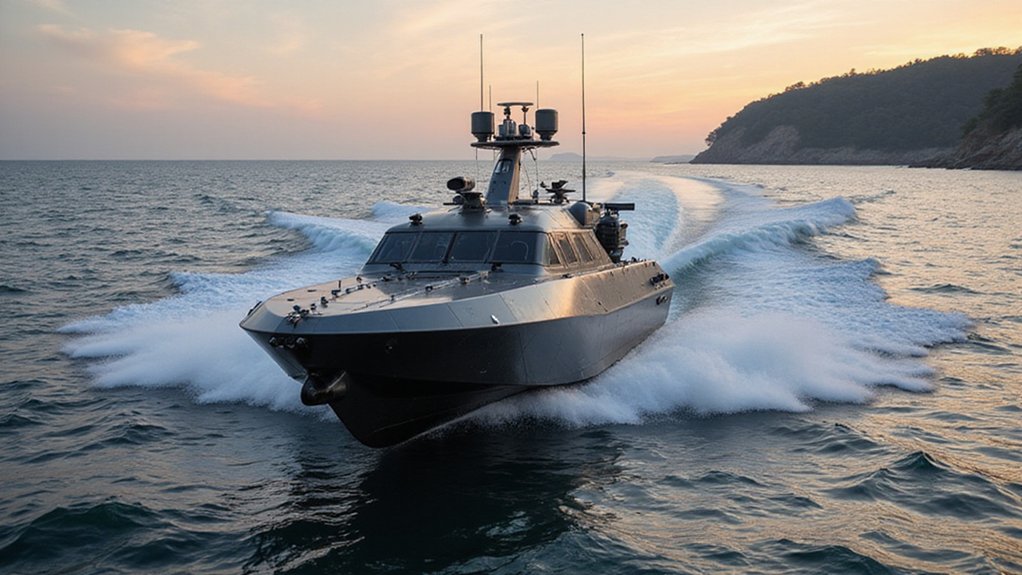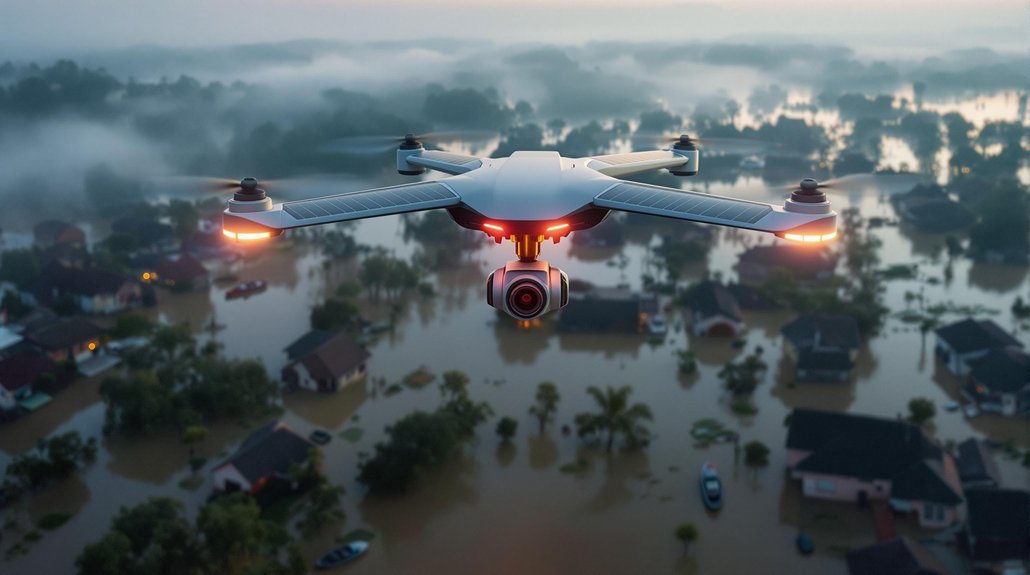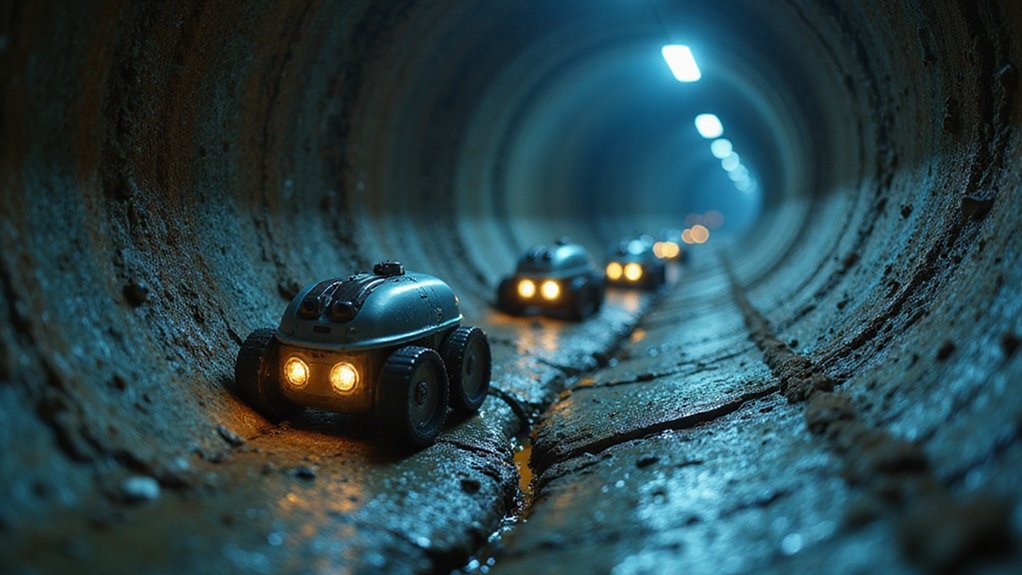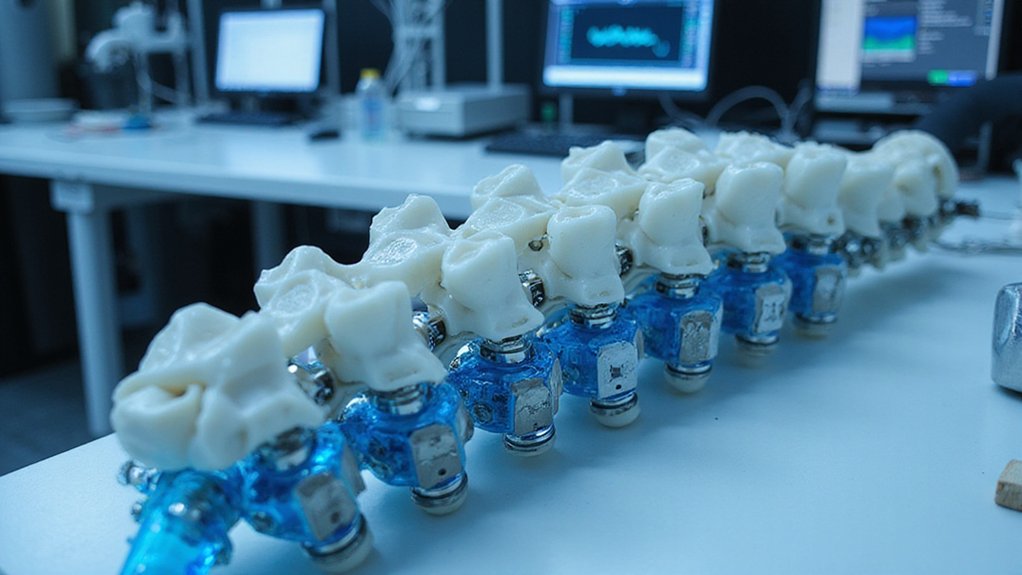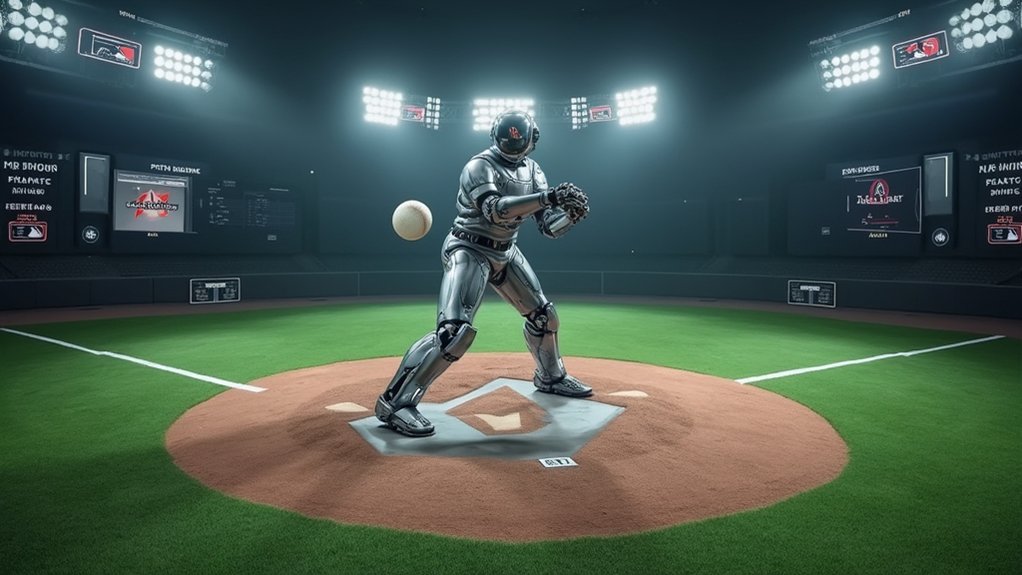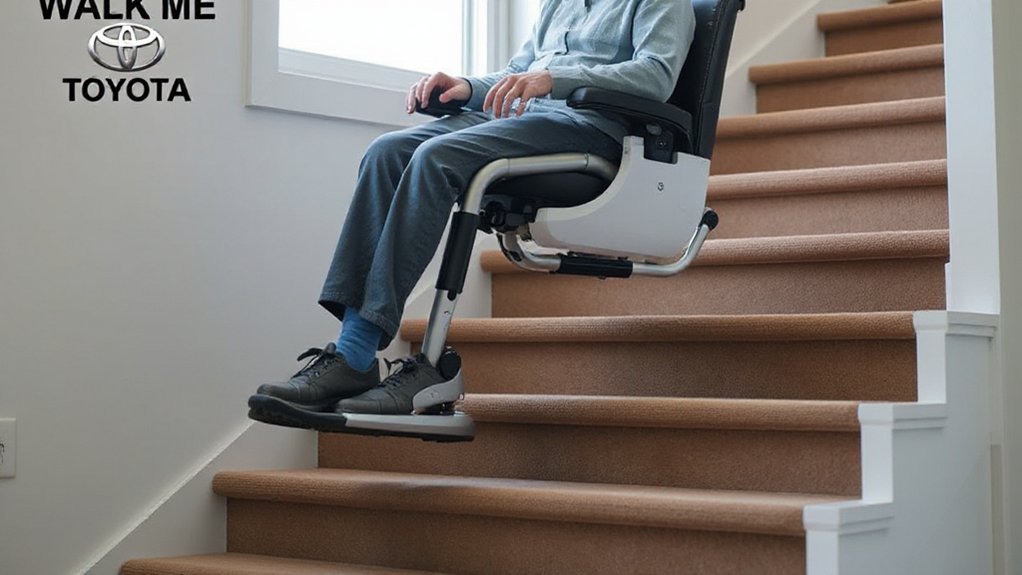Gliding silently across choppy waters, the 300HP robot boat represents the newest evolution in naval warfare—unmanned, lethal, and frighteningly efficient. At just 9.6 meters long with a 2.4-meter beam, these autonomous killing machines pack a serious punch into a deceptively small package. They’re basically predators of the sea, minus the human element that might hesitate to pull the trigger.
These boats aren’t playing around. With powerful propulsion systems—typically featuring twin 300HP Yamaha outboards or up to four 300HP diesel engines—they can hit a blistering 54 knots. That’s 100 km/h on water. Good luck outrunning that in your standard patrol boat. The lightweight hull design means they accelerate like crazy too, perfect for those “surprise, it’s us” moments during interception missions.
The combat capabilities are where things get interesting. These robot vessels can be equipped with direct-fire weapons, advanced sensors, and radar systems that make targeting enemy vessels almost too easy. They can function individually or—here’s the scary part—in coordinated swarms. Imagine a dozen of these things coming at you from different directions. Not exactly a fair fight.
The future of naval combat isn’t just unmanned—it’s mercilessly efficient, swarming your position before you’ve even processed the threat.
Control systems like ASView-T allow operators to manage the boats from a safe distance, with UHF communications extending beyond 10km. They can run pre-programmed patrol routes or respond to real-time commands. Similar to the US Navy‘s Force Protection Boats that are easily trailerable with lowerable radar masts, these unmanned vessels offer exceptional deployment flexibility. With extensive cruising ranges of up to 10,000 nautical miles when fully fueled, these vessels can patrol vast ocean areas without needing to return to base. Either way, they’re watching. Always watching.
With a 600-liter fuel capacity, these unmanned hunters can lurk for extended periods, operating autonomously for days at a time. They’re especially effective in shallow waters with their draft under half a meter. Perfect for sneaking up on enemies in coastal areas.
The US Navy loves these things, and why wouldn’t they? They’re cheaper than manned vessels, don’t complain about long hours, and never need bathroom breaks. The future of naval warfare is apparently unmanned, unforgiving, and uncomfortably fast.
References
- https://www.metalsharkboats.com/military-boats/
- https://en.wikipedia.org/wiki/Sea_Hunter
- https://www.unmannedsystemstechnology.com/wp-content/uploads/2013/12/C-TARGET-9-Spec-sheet.pdf
- https://en.wikipedia.org/wiki/Autonomous_spaceport_drone_ship
- https://www.elbitsystems.com/unmanned/maritime/unmanned-surface-vessel/seagull-usv
